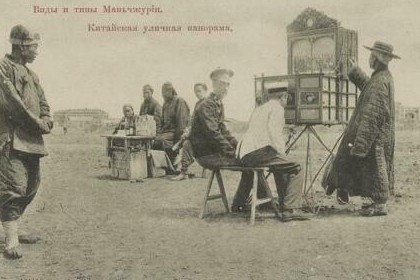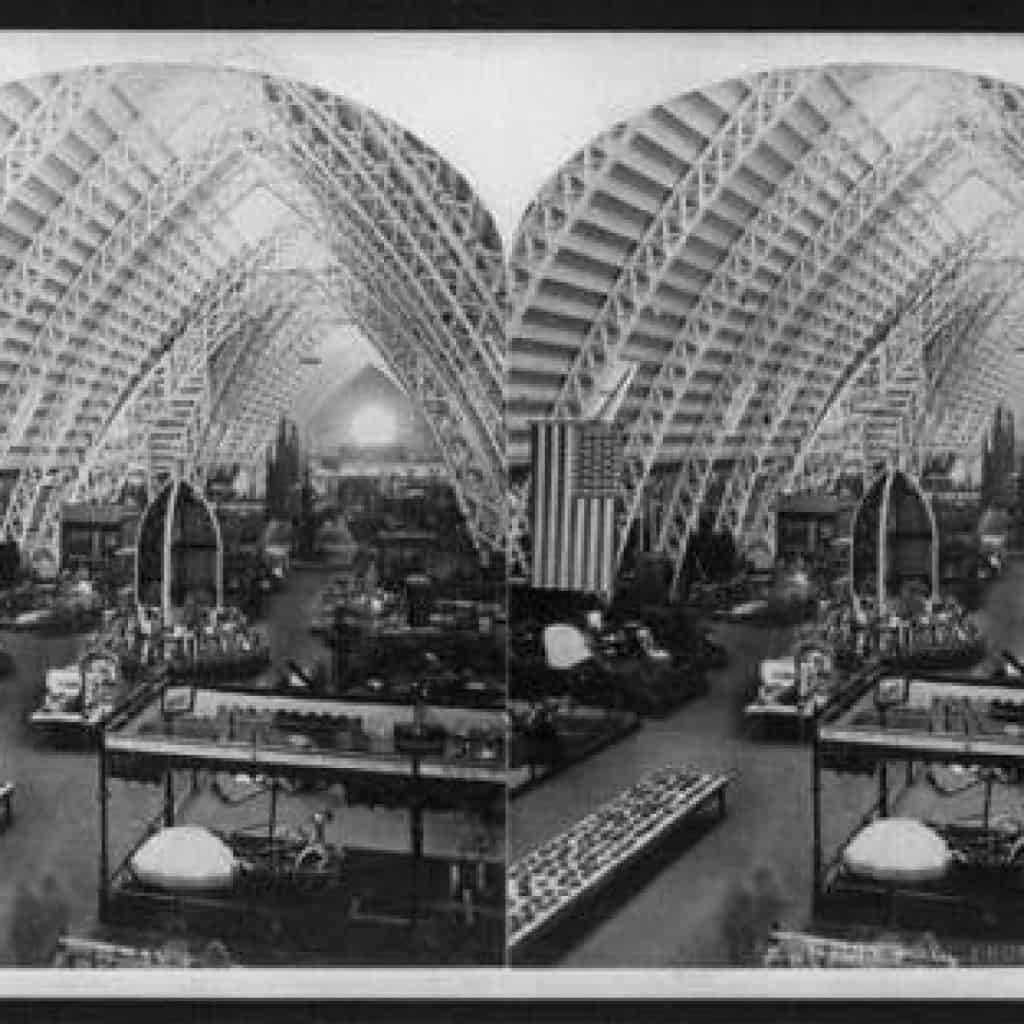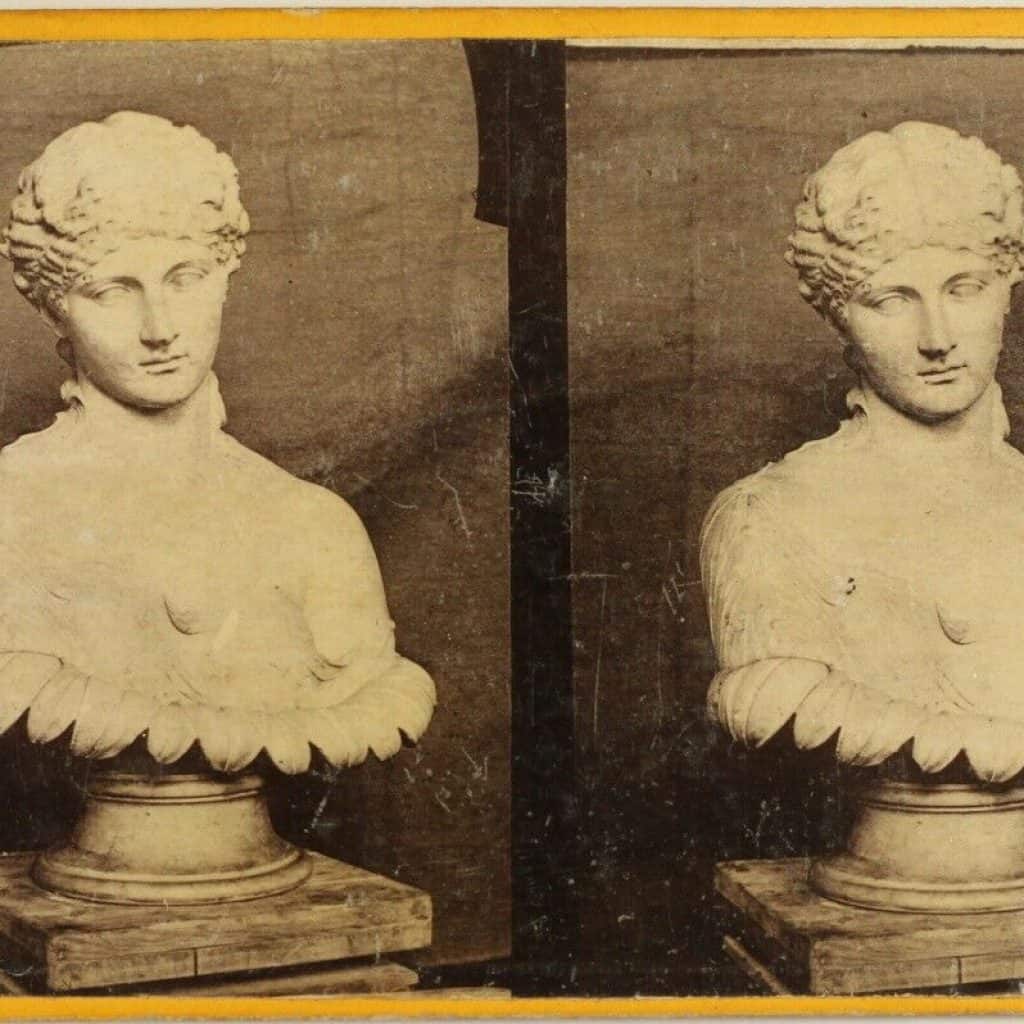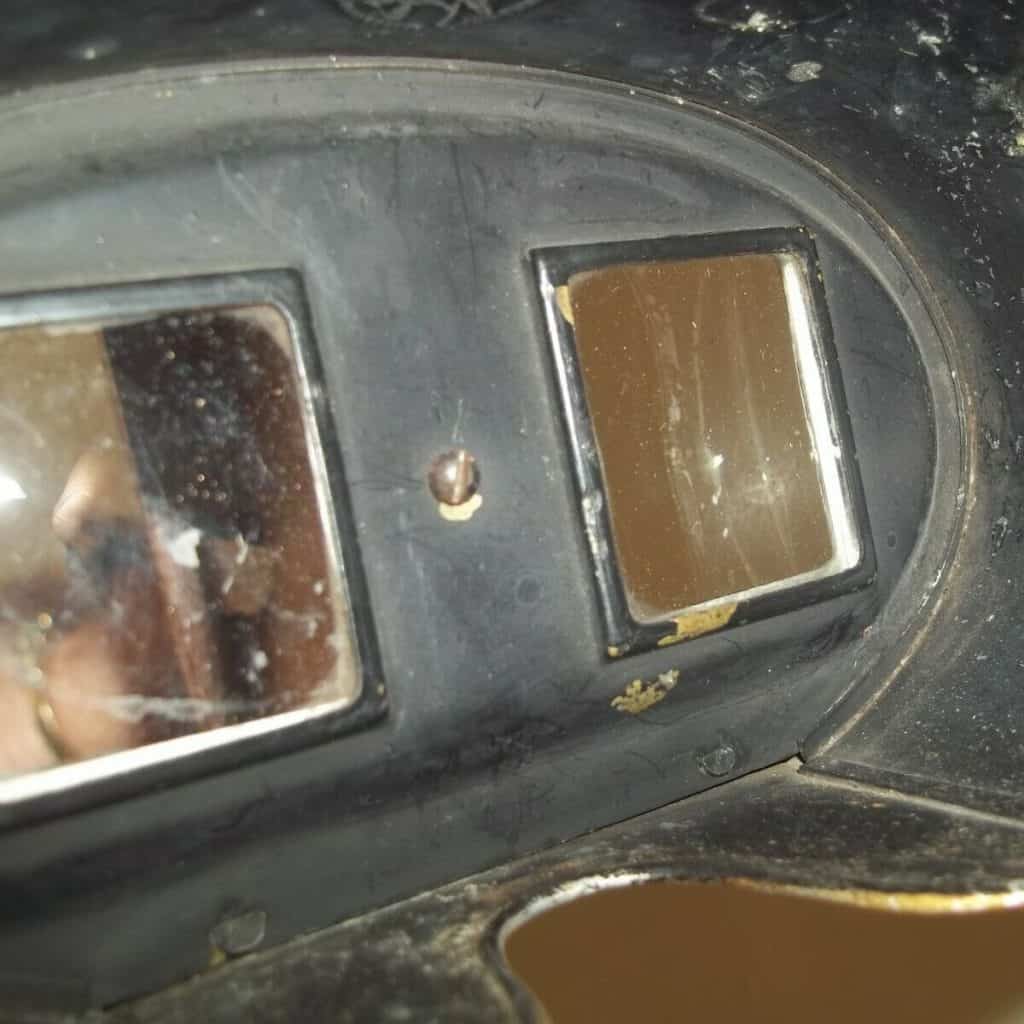Collectors Dialogues / The souvenir, the presence and the collectible museum
Virtual museums and galleries have a big problem: they are not collectible. There is nothing that somehow brings them back to the idea of collection. And unfortunately, those who visit a museum have that in their head. Many visit museums to compile their own mental catalog of works, for example to say that they have seen the Mona Lisa, or all of Bosch’s paintings, or all the Vermeers, or whatever you want. Generally, you take the catalog home, which is the testimony of having been there, and take pictures in front of the works. now, with Instagram, selfies in museums have multiplied, collectible proofs of one’s presence in a place dedicated to preserving collections. On the other hand, if I go to a 360-degree virtual museum, what can I do to tell that I’ve been there? Can I take a screenshot? A little bit. Can I take a selfie in front of my computer when the virtual museum is seen? Maybe. However, the element of collectability in presence is always missing, which is fundamental. The experience of collecting oneself in the world of collections is missing through souvenir photographs. And then there are no postcards, no catalogs, no museum shops. All things that perhaps could be added to an e-commerce site. Maybe. However, the big problem remains that the virtual museum is somewhere else, and I, a visitor, cannot share it with my presence. This is to say that we need to work a little more on the issue.
If we think of the ancestors of the viewer, of stereoscopic photographs, we can notice two important things: the first is that in the early 1900s the experience of stereoscopic vision could be done on the street, and not just at home own: there were sellers of stereoscopic images with their paraphernalia, a kind of <strong> theater </strong> (the then equivalent of the computer) where one could have a first experience of that type of vision tools.

An experience that was done outside, on the street, with people, sharing images. And then, second importantly, those images could be bought. So you could take home a piece of that ideal virtual gallery, and you could collect it. In the absolute simplicity of that experience, the much-desired short-circuit between real and virtual that is difficult to look for today took shape. In that case there was a direct relationship between the external world (the street), the virtual world (the stereoscopic photographs), the internal world (one’s home, where the photos were viewed with the stereoscope) and the fictional world of the collection, since all those photos were then placed in elegant boxes.





